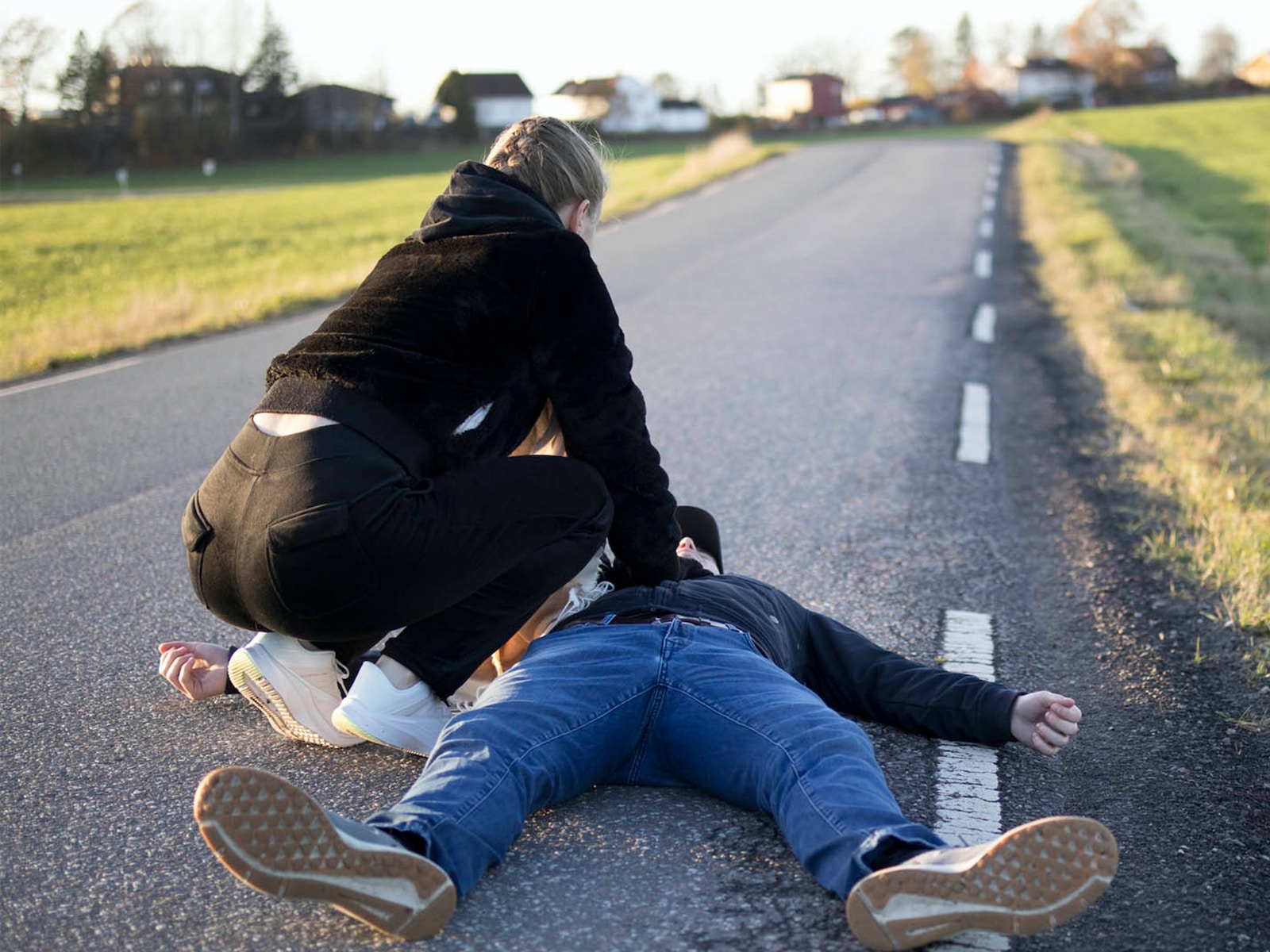In moments of crisis, time is of the essence. Imagine a heart-stopping event at a family picnic or someone gasping for air in a bustling eatery; swift and skilled action can be a lifesaver. This urgency underscores the value of CPR (Cardiopulmonary Resuscitation) and AED (Automated External Defibrillator) training. By equipping oneself with these lifesaving techniques, you’re always prepared to make a pivotal difference.
Why CPR/AED First Aid Certification Matters
- Empowering Ordinary People to Be Lifesavers
Imagine being in a situation where someone suddenly collapses, gasping for breath, or showing no signs of life. The panic and helplessness can be overwhelming. However, with CPR/AED first aid certification, you become equipped with the knowledge and skills to take immediate action. You become the beacon of hope in those crucial moments before professional help arrives. - Creating a Safety Net in Our Communities
Communities thrive when they support and protect one another. CPR/AED first aid certification is a powerful tool that strengthens this safety net. When more people in a community are trained, the chances of someone nearby being able to assist in an emergency increase dramatically. This creates a web of support that can save lives. - Promoting a Culture of Preparedness
In a world where accidents and medical emergencies can happen anytime, preparedness is key. CPR/AED first aid certification encourages a culture where individuals and organizations prioritize safety.
The Real-World Impact of CPR/AED Certification
1. Saving Lives in Everyday Scenarios
CPR and AED training isn’t just for healthcare professionals. It’s for everyone, from parents to teachers, office workers to athletes. This training can be put into action in everyday scenarios:
-
- Family Gatherings: Your aunt suddenly collapses during a family picnic. With CPR skills, you can give her a fighting chance until the ambulance arrives.
- Schools: As a teacher, you might witness a student choking on their lunch. Your quick response with the Heimlich maneuver can save their life.
- Workplaces: A colleague suffers a cardiac arrest in the office. Being AED certified means you can use this life-saving device effectively while waiting for medical professionals.
2. Transforming Bystanders into Heroes
In emergency situations, bystanders often play a crucial role in bridging the gap between life and death. With CPR/AED first aid certification, you become that hero who steps up when needed most. Your actions can make the difference between someone going home to their loved ones or a tragic outcome.
3. Bringing Communities Together
The process of getting certified isn’t solitary; it often involves group training sessions. This not only enhances your skills but also creates bonds within your community.
The Human Connection of Lifesaving
- Empathy and Compassion
CPR/AED first aid certification goes beyond just learning the techniques. It instills empathy and compassion for others in a profound way. When you learn to provide assistance in life-threatening situations, you become acutely aware of the value of human life. - Building Confidence
Gaining the ability to respond effectively to emergencies boosts your self-assurance. Knowing that you can make a difference in someone’s life, even in the most dire circumstances, is a powerful confidence booster. - Creating Lifelong Friendships
The people you train with become more than just classmates; they become a support network. The shared experience of learning CPR/AED binds you together, creating friendships that can last a lifetime.
How to Get CPR/AED First Aid Certified
- Find a Reputable Training Center
The first step to certification is finding a reputable training center near you. Look for centers affiliated with recognized organizations like the American Heart Association or the Red Cross. - Choose the Right Course
CPR/AED first aid courses come in various levels, catering to different needs. You can opt for a basic course, which covers the essentials, or a more comprehensive course that includes advanced skills. - Participate Actively
During the training, be an active participant. Don’t hesitate to ask questions and seek clarification on any aspect of the training. - Hands-On Practice
CPR and AED training involves hands-on practice. This practical experience is invaluable, as it simulates real-life scenarios and helps you develop muscle memory for the techniques. - Pass the Certification Exam
After completing the training, you’ll usually have to pass a certification exam. This typically involves demonstrating your skills and knowledge in CPR and AED use. - Stay Informed
CPR/AED guidelines and techniques can change over time, so it’s essential to stay informed and up-to-date. Many certification programs offer refresher courses to ensure that your skills are always current.
Conclusion: Be the Lifesaver
CPR/AED first aid certification empowers us to be the lifesavers our communities need. So, if you haven’t already, consider taking that step to become certified. You never know when your skills and knowledge might be the lifeline someone desperately needs.






